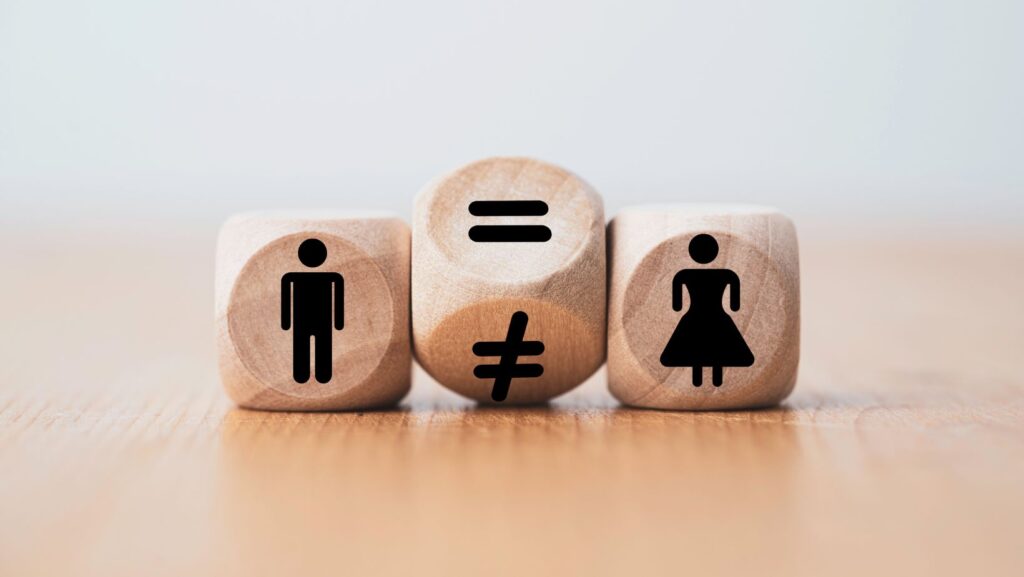In the rapidly evolving landscape of gender studies, the concept of gender ratios, such as female:yjqvl7bjty8= male, has sparked intriguing discussions and research. This unique expression reflects the complexities of gender identity and representation in modern society. As traditional binaries are increasingly challenged, understanding these ratios becomes crucial for soccer tricks, fostering inclusivity and equality.
Exploring gender ratios goes beyond mere numbers; it delves into societal norms, cultural influences, and the dynamic nature of identity. By examining how these ratios manifest in various contexts, from workplaces to media representation, one can gain insights into the progress and challenges faced in achieving gender parity. This exploration not only highlights disparities but also celebrates diversity, paving the way for more equitable environments.
As conversations around gender continue to gain momentum, dissecting these ratios offers a valuable lens through which to view the ongoing journey toward gender equity. It’s a topic that invites curiosity and demands attention in today’s world.
Female:Yjqvl7bjty8= Male
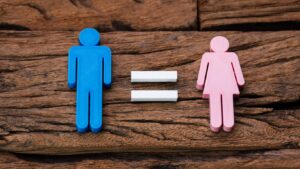 Exploring gender expression requires an understanding of complex identifiers beyond traditional binaries. Female: Yjqvl7bjty8= Male represents the nuanced nature of identity that transcends simple classifications. Individuals often find themselves somewhere along a broad spectrum of gender experiences, breaking away from constrictive labels.
Exploring gender expression requires an understanding of complex identifiers beyond traditional binaries. Female: Yjqvl7bjty8= Male represents the nuanced nature of identity that transcends simple classifications. Individuals often find themselves somewhere along a broad spectrum of gender experiences, breaking away from constrictive labels.
Statistics reveal that more individuals, especially younger generations, identify outside rigid gender categories. A 2023 survey showed that approximately 20% of Gen Z individuals in the US identify as non-binary or gender-fluid. This shift indicates a growing acknowledgment of diverse gender identities and expressions.
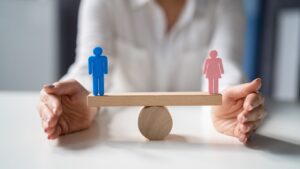 Social dynamics play a crucial role in shaping how gender expressions evolve. Institutions adapt policies and norms to accommodate a range of identities. Companies increasingly implement inclusive practices, like gender-neutral restrooms and non-binary options on forms, recognizing the varied gender spectrum.
Social dynamics play a crucial role in shaping how gender expressions evolve. Institutions adapt policies and norms to accommodate a range of identities. Companies increasingly implement inclusive practices, like gender-neutral restrooms and non-binary options on forms, recognizing the varied gender spectrum.
Cultural influences significantly impact these evolving identities. Media representation contributes to shaping public perception and acceptance of diverse gender expressions. For example, shows and films featuring non-binary characters help normalize these identities and foster positive dialogue.
Challenges persist despite progress in changing perceptions around gender identity. Discrimination and bias remain obstacles individuals face when expressing non-traditional identities. Advocacy and education continue to drive awareness and support for inclusive environments.
Historical Context
The Origin Of Gender Equality Movements
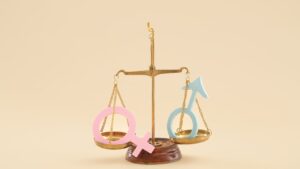 Gender equality movements emerged in the late 19th and early 20th centuries, driven by a push for women’s suffrage. The first wave of feminism focused on legal issues, primarily women’s right to vote. Events like the Seneca Falls Convention in 1848 marked a pivotal moment, with activists such as Elizabeth Cady Stanton and Susan B. Anthony advocating for inclusion in democratic processes. This period laid the groundwork for future campaigns seeking broader rights and representation.
Gender equality movements emerged in the late 19th and early 20th centuries, driven by a push for women’s suffrage. The first wave of feminism focused on legal issues, primarily women’s right to vote. Events like the Seneca Falls Convention in 1848 marked a pivotal moment, with activists such as Elizabeth Cady Stanton and Susan B. Anthony advocating for inclusion in democratic processes. This period laid the groundwork for future campaigns seeking broader rights and representation.
Key Milestones In Gender Equality
Over the decades, several key milestones have marked progress in gender equality. In 1920, the 19th Amendment to the US Constitution granted women the right to vote, a significant victory for the suffrage movement. The 1963 Equal Pay Act aimed to abolish wage disparity based on gender. Title IX of the Education Amendments in 1972 addressed gender discrimination in federally funded education programs. More recently, the #MeToo movement, beginning in 2017, raised awareness about sexual harassment and assault, highlighting ongoing challenges in achieving true gender equality.
Examining The Expression Female:Yjqvl7bjty8= Male
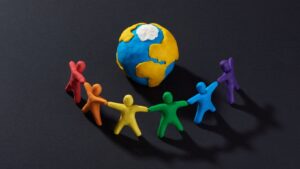 The phrase Female:Yjqvl7bjty8= Male exemplifies the complexity found in gender expression beyond traditional paradigms. This notation challenges binary views by suggesting a mathematical-like equation where female and male coexist within a new understanding. Analyzing this expression reveals the fluidity of identity many individuals experience today, reflecting a departure from strict gender roles.
The phrase Female:Yjqvl7bjty8= Male exemplifies the complexity found in gender expression beyond traditional paradigms. This notation challenges binary views by suggesting a mathematical-like equation where female and male coexist within a new understanding. Analyzing this expression reveals the fluidity of identity many individuals experience today, reflecting a departure from strict gender roles.
In recent years, more people identify outside conventional male and female categories. According to a 2023 survey, approximately 20% of Gen Z in the US identify as non-binary or gender-fluid. This shift underscores the relevance of exploring non-traditional expressions like “Female:Yjqvl7bjty8= Male” in societal discourse. It bridges generational differences and embraces emerging perspectives on gender.
Examining gender through this lens prompts institutions and societies to adopt more inclusive practices. As identities become more fluid, workplaces, educational institutions, and policymakers are encouraged to integrate diverse gender expressions into their frameworks. Creating inclusive policies helps address discrimination and bias, further promoting equality.
